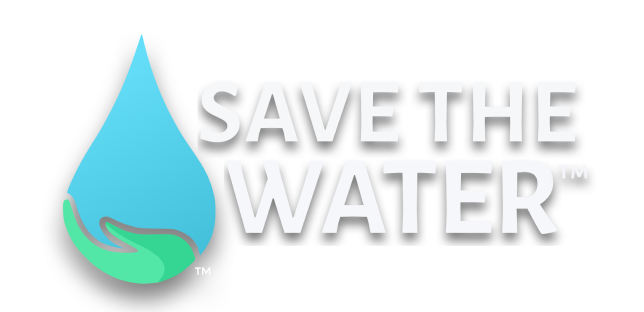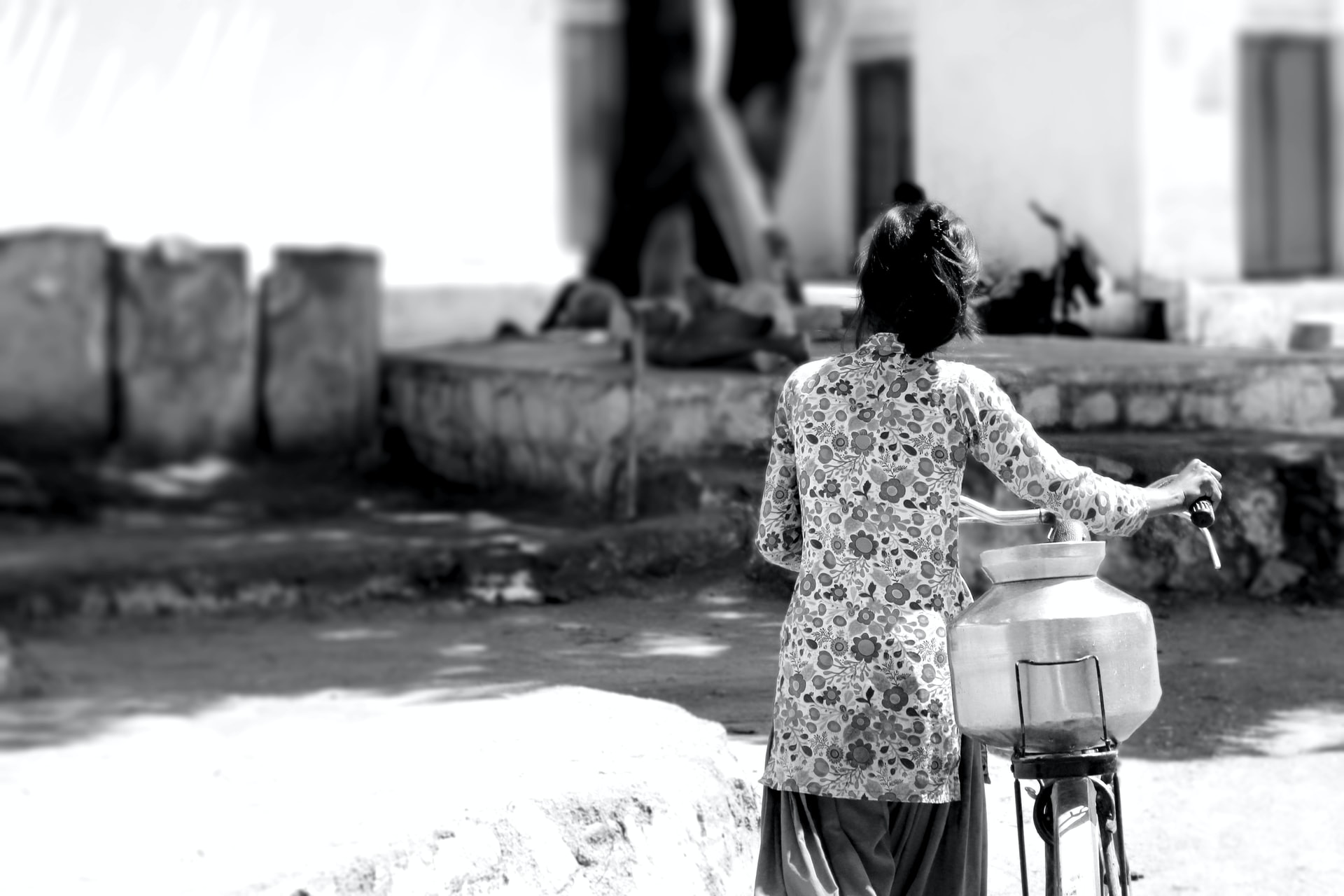By Jheel Gosain, Staff Writer for Save The Water™ | July 17, 2015
The average American family uses 300 gallons of water daily (Water.org). Showers account for 16.8%, washers use 21.7%, faucets take up 15.7%; 13.7% is lost through leaks, while 5.3% is used for other purposes or appliances (Panda, Journal of Global Health). Most Americans take having easy access to clean water for granted, and despite their best intentions and generosity, they have little knowledge of water access conditions around the world and the sustainable practices that could improve these conditions.
According to the Centers for Disease Control and Prevention (CDC), 780 million people worldwide do not have access to an improved water source, and an estimated 2.5 billion people lack access to improved sanitation. In India, nearly 4,000 children will die today from a lack of water (Harris, New York Times). The water supply in India is contaminated by many harmful pollutants, many of which are deadly to the human body. In fact, the water there is so unsafe for consumption that it cannot even be used for brushing your teeth. More than half of the water supply is contaminated with toxic bacteria in rural areas, where 70% of India’s population lives. This means clean water is scarce for approximately 1 billion people (Water.org).
Every day, hundreds of millions of people in rural and urban areas throughout sub-Saharan Africa are deprived of clean water. Women and girls walk miles daily to gather water from rivers and streams full of contaminants and pathogens; as a result, their families often suffer from serious water-borne diseases. The quality of life in countries like India and in sub-Saharan African regions would be improved with better access to safer drinking water, which would in turn reduce water-borne illnesses and improve the overall health of the populace.
In many developing countries, about 801,000 children under the age of five die from dysentery each year—about 11% of 7.6 million child deaths worldwide. Every one of these deaths could have been prevented with access to clean water (Snyder, The Water Project) and proper sanitation.
Save the Water™ works towards the development and implementation of sustainable water access conditions, sanitation practices, and water technology. These would greatly improve the lives of many people across the world, especially those living in India, the sub-Saharan region, and other developing communities, where simply getting a sip of clean water can often be an extremely difficult task. Every contribution you make goes a long way toward achieving this goal.
Works Cited
- CDC. “Global Water, Sanitation, and Hygiene.” Centers for Disease Control and Prevention. 31 Oct. 2012. Accessed July 5, 2015.
- Harris, Gardiner. “Rains or Not, India Is Falling Short on Drinkable Water.” The New York Times. 12 Mar. 2013. Accessed July 7, 2015.
- “India.” Water.org. Accessed July 7, 2015.
- Panda, Rajmohan. “A Growing Concern: How Soon Will India Run Out of Water?” Journal of Global Health. Edinburgh University Global Health Society. Accessed July 7, 2015.
- Snyder, Shannyn. “Water In Crisis – Spotlight India.” The Water Project. Accessed July 7, 2015.

